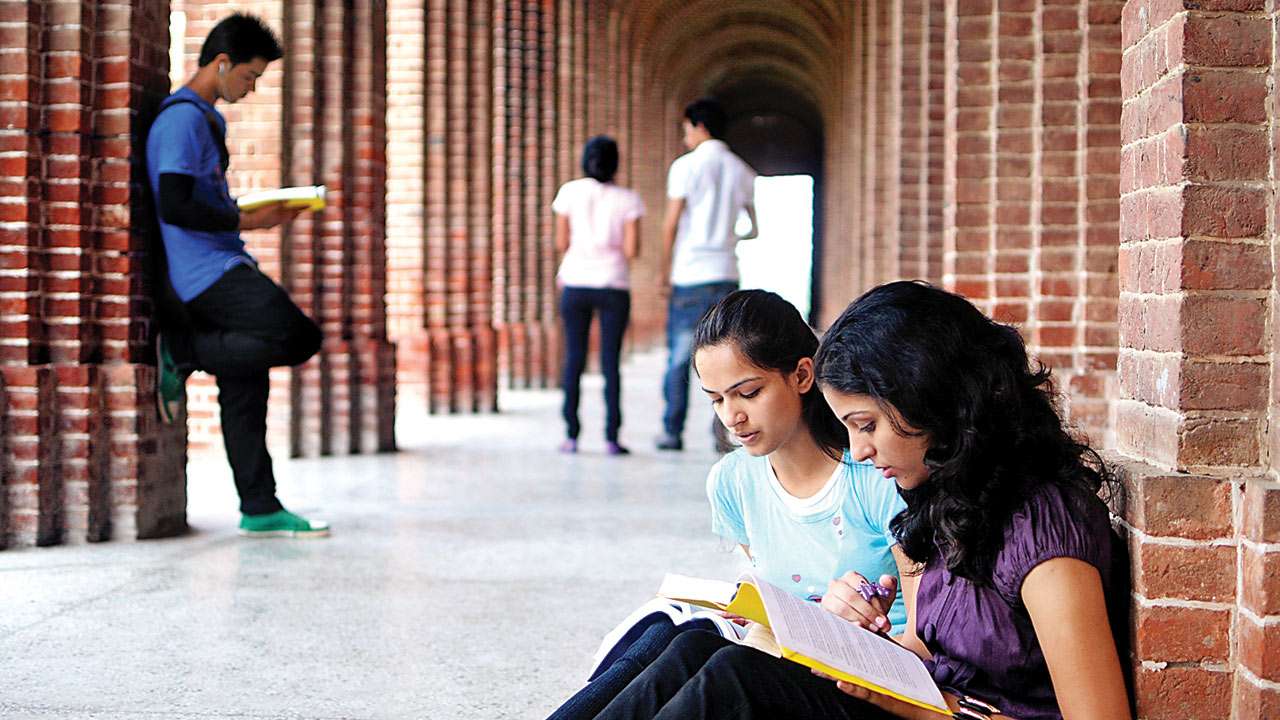
After the draft of the New Education Policy (NEP) was notified, several interested colleagues, friends, public-minded citizens, as well as ‘followers’ on social media have been urging me to offer my comments or criticisms. Despite being a public intellectual, in addition to a university teacher all my working life of nearly 40 years, I have hesitated to do so. The fact is I am not eager or anxious to read line by line the draft NEP. Moreover, I already wrote against the unnecessary and politically motivated fracas over Hindi as the third language. From what I have gathered after a rapid review of the draft NEP, I see that it is full of good intentions and ideas. It not only shows continuity with earlier educational policy statements but also the advancement of their basic principles.
These are to universalise primary education and democratise higher education. Social justice and equity have thus been the primary pillars of our previous NEPs. What the draft NEP adds, among other things, is an emphasis on the quality of the content and deliverance of education. This is a laudable move, evidenced by the frequency with which the word ‘quality’ recurs in chapter after chapter. Indeed, our education system, far from being globally competitive, is, barring a few apex and elite institutions, dismally inadequate to the challenges that face us as a nation once again on the rise. In fact, the quality and competence deficits are so high that most of our graduates are not only unemployed but unemployable. Having learnt no useful skill during their undergraduate studies, they enter a world that seems frightening, bewildering, and with few prospects. To bring back the focus on quality is, therefore, not only commonsensible but imperative. It is with this view that the Skill India mission too was started. However, even that is yet to fructify on a scale and effectiveness that will pay off in appreciable or desirable employment augmentation.
My difficulty with policy documents in general, and educational policies in particular, is philosophical as well as pragmatic. Our noblest policy objectives have not abutted in significant changes on the ground. More alarmingly our experience is that it is easier to pass lofty and idealistic legislation, including the Right to Education Act (RTE 2009), without satisfactory corresponding outcomes. Neither the legislature nor executive has so far been held accountable for lack of implementation, let alone broken promises. That is why structural changes, however minor, are more important than seemingly major policy changes or legislation.
Indeed, there is no reason why the former should follow the latter. Existing policy frameworks and legislation give us enough latitude to carry out meaningful, even radical, changes. We may even go to the extent of overhauling the system without necessarily putting out impressive sounding policy positions. The bullet that we need to bite is to admit that the entire Indian education system needs a drastic transformation. For instance, school boards, whether national or state can be de-linked from subsequent admissions to undergraduate programs, regardless of discipline, institution, or region. A secondary school certificate merely implies that one has passed high school.
Given the diversity of the boards, it is impossible to standardise grades and marks across the country.
Therefore, each institution of tertiary education may be free to conduct either, jointly or singly, its own entrance process. This may be done without reference to domicile, caste, creed, community, religion or any other consideration - other than merit. But no student who proves to be competent or genuinely desirous to learn should be deprived of higher education. State-backed grants and/or loans can be disbursed according to constitutional and social justice parameters. This will send out a clear message that aptitude, quality and the potential to perform alone are the criteria to warrant the privilege of higher studies. Those who don’t make the cut would go through ITIs, vocational training institutes, and other skilling or re-skilling institutions to secure gainful employment.
There is a slew of additional controversial matters which I shall not even touch in this column. Such as state-supported minority institutions from Madrasas, to Church-run colleges and deemed universities which unfairly, at the expense of the secular government, favour and promote particular religious communities. Such issues would require more detailed treatment.
To sum up, therefore, the draft NEP, despite several positive features, completely fails to send out the kind of message outlined above but instead resorts to the usually, if slightly more sophisticated mixing, matching, and balancing. It also fails to recommend or envisage a fundamental and meaningful transformation of our present educational system. Like earlier, even better, more detailed, or definitive statements such as the Kothari Commission report (1966), the NEP might well turn out to be a case of pious platitudes and unfulfilled promises.
The author is Director, IIAS, Shimla